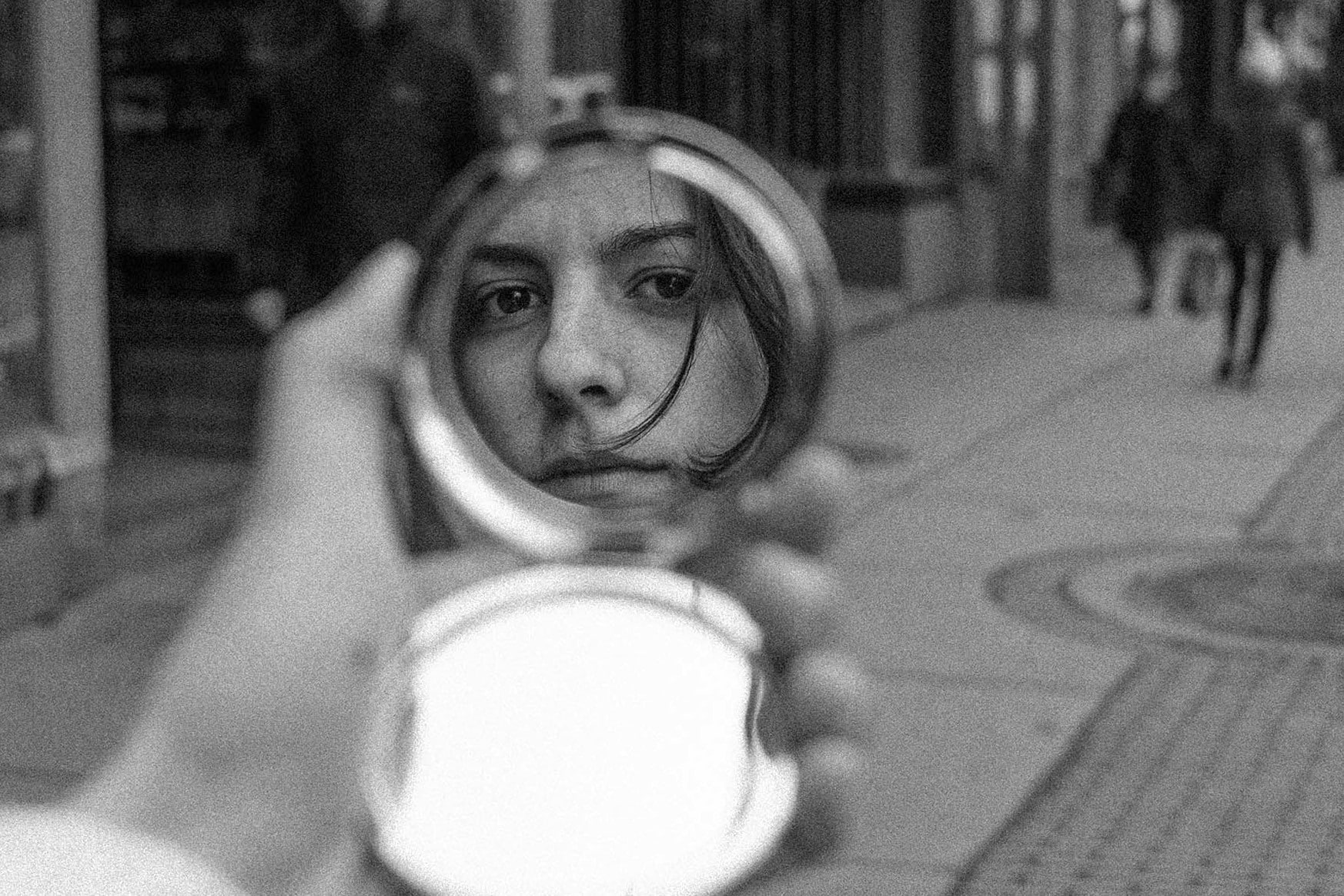Conceptual Art Defined
Unpacking the concept of Conceptual art is a multifaceted endeavor, as the term assumes various dimensions that can confound even the most discerning minds. While its most recognizable guise harks back to the art movement that blossomed between the 1960s and 1970s in the United States, Conceptual art unveils a labyrinthine lexicon that beckons us to explore its myriad facets. What precisely does this enigmatic word encapsulate? When did Conceptualism burgeon as an artistic movement, and does it persist in contemporary times? Art historian Paul Wood, in his comprehensive treatise on Conceptual Art, distinguishes between the diverse interpretations of the term:
- Conceptualism as Critique: Often wielded as a pejorative term, Conceptualism serves as a vessel for voicing disapproval of contemporary art’s emphasis on the conceptual over the aesthetic.
- Anglo-American Conceptualism: Referring to the art movement that burgeoned in the 1960s and 1970s, this iteration champions the idea, planning, and production process of artwork over the end result.
- Global Conceptualism: A more expansive notion asserts that individuals worldwide have embraced a conceptual approach since the 1950s, delving into themes as diverse as imperialism and personal identity. In this expansive view, Conceptualism transcends borders and takes on a global dimension.
This article embarks on an odyssey to illuminate both the Anglo-American and global manifestations of the Conceptual art movement.
Read More : Exploring Contemporary Collage Artists: A Multifaceted World Unveiled
Understanding Conceptual Art
Conceptual art emerged as a potent artistic movement in the 1960s, serving as a provocative critique of the reigning modernist ethos, which prioritized aesthetics above all. Typically spanning from the mid-1960s to the mid-1970s, Conceptualism signaled a seismic shift in artistic priorities. In this paradigm, the idea or concept behind a work of art trumped technical prowess or aesthetic allure. Conceptual artists wielded an eclectic arsenal of materials and forms, selecting those best suited to convey their conceptual underpinnings. This freewheeling approach spawned a diverse array of artworks, spanning performance, writing, and even everyday objects. These visionaries plumbed the depths of art-as-idea and art-as-knowledge, harnessing linguistic, mathematical, and process-driven dimensions of thought, alongside invisible systems, structures, and processes.
The Genesis of Conceptual Art
The roots of Conceptual art, though codified in the 1960s, reach back to a seminal moment in 1917 when Marcel Duchamp upended convention by purchasing a urinal from a plumber’s emporium and presenting it as a sculpture at an open exhibition in New York. Duchamp’s audacious act, executed while he served on the exhibition’s selection committee, earned the ire of the jury, who deemed it morally reprehensible and refused to acknowledge it as art. This watershed moment catalyzed a discourse on the boundaries of art and precipitated the rise of Conceptual art.
The Fluxus Connection
In the early 1960s, the term “concept art” had already found favor among members of the Fluxus movement, with luminaries like Henry Flynt championing its use. Fluxus, a transcontinental collective that attracted artists from Asia, Europe, and the United States, espoused an inclusive, anti-modernist ethos, embracing an expansive approach to art. Fluxus artists sought to broaden the horizons of aesthetics, opening the door to encompass anything – from objects to sounds to actions. Iconic figures within Fluxus include Yoko Ono, a pivotal figure in both New York and her native Japan, and Joseph Beuys in Germany. While Fluxus doesn’t always fall squarely within the Conceptual art movement, its influence is undeniable, as it shares a kinship in spirit and ethos.
Read More : Installation Art Top 10 Artists Who Pushed the Genre to its Limit
Frank Stella’s Black Paintings
In the late 1950s and early 1960s, Frank Stella unveiled his groundbreaking series of Black Paintings, a turning point that cleaved a schism between Modernism and emerging Counter-Modernist practices. These works endeavored to accentuate and echo the canvas’s contours, dislodging the artwork from the confines of the wall and thrusting it into three-dimensional space. Stella’s assault on Modernism birthed a form that vehemently rejected conventional structure. Here, the art ceased to be about form and aesthetics; instead, it became a realm of actions and ideas. This seismic shift marked the end of an era, as Modernism yielded to uncharted artistic terrain.
Sol LeWitt’s Artistic Manifesto
In 1967, Sol LeWitt penned the seminal article “Paragraphs on Conceptual Art” for Artforum, an indispensable treatise that crystallized the essence of Conceptualism. LeWitt’s proclamation heralded Conceptual art as the vanguard of avant-garde movements, marking the debut of the term “Conceptual art.” LeWitt’s opening salvo resonates as the quintessential statement of the Conceptual ethos: “In Conceptual art, the idea or concept is the most important aspect of the work. When an artist uses a Conceptual form in art, it means that all of the planning and decisions are made beforehand, and the execution is a perfunctory affair. The idea becomes a machine that makes the art.”
Notable Conceptual Artists:
- Joseph Kosuth: The Conceptual art movement began taking distinct shape in the late 1960s, with Joseph Kosuth at the helm. In 1967, Kosuth orchestrated exhibitions like “Nonanthropomorphic Art” and “Normal Art” in New York, showcasing works that he and Christine Kozlov had created. Kosuth’s accompanying notes boldly asserted, “The actual works of art are the ideas.” That same year, he unveiled his series “Titled (Art as Idea as Idea),” a collection devoid of visual imagery, featuring words that formed the epicenter of debates surrounding modern art’s essence – words like “meaning,” “object,” “representation,” and “theory.”
- Art & Language Group: In England, the Art & Language Group spearheaded investigations into the implications of positing increasingly intricate objects as art. Their oeuvre included objects as diverse as a column of air, Oxfordshire, and the French Army. This collective, initially comprised of Terry Atkinson, Michael Baldwin, David Bainbridge, and Harold Hurrell, coalesced in 1966-67. Later, the group extended its reach to the United States. In 1972, they unveiled the Art & Language Index 01 for Documenta V, an installation housing eight filing cabinets filled with 87 texts from the Art-Language journal.
- Lucy Lippard and “Six Years”: Lucy Lippard’s seminal tome, “Six Years,” which chronicled the nascent years of Conceptual art (1966-1972), emerged in 1973. Reflective of the intricate and elusive nature of Conceptual art, Lippard’s account drew criticism from the likes of American artist Mel Bochner, who deemed it confounding and arbitrary. Lippard later contended that most narratives of Conceptualism were flawed and that memories of the movement’s evolution could not be trusted, not even by the artists themselves.
Conceptualism Beyond Borders
While the Conceptual art movement flourished in the United States and England, it also took root and thrived in other corners of the globe, often bearing a more pronounced political slant. In France, during the crucible of the 1968 student uprisings, Daniel Buren embarked on art aimed at challenging and critiquing institutional norms. His objective was not to spotlight the paintings themselves but to interrogate the expectations conditioned by the art context in which they were placed. In Italy, the Arte Povera movement emerged in 1967, centering on the creation of art unburdened by conventional practices and materials.
Conceptualism’s Political Resonance in Latin America
In Latin America, artists adopted a more overtly political stance than their counterparts in North America and Western Europe. Brazilian artist Cildo Meireles breathed new life into the readymade with his “Insertions into Ideological Circuits” series (1969). Meireles disrupted objects from systems of circulation, like banknotes and Coca-Cola bottles, by imprinting political messages onto them and reintroducing them into the system.
Conceptualism in the Soviet Union
In the Soviet Union, art critic Boris Groys coined the term “Moscow Conceptualists” to describe a cadre of Russian artists active in the 1970s. These artists melded Soviet Socialist Realism with American Pop art and Western Conceptualism.
Contemporary Conceptual Art and Conceptualism
Contemporary Conceptualism represents the evolution of Conceptual art into modern practice. These artworks frequently adopt interdisciplinary approaches, invite audience participation, and critique institutions, political systems, hierarchies, and structures. Artists adept at wielding the techniques and strategies associated with Conceptual art include Jenny Holzer, who harnesses language; Sherrie Levine, who critiques originality through photography; Cindy Sherman, who explores identity; and Barbara Kruger, who employs text and photography to convey her message.


